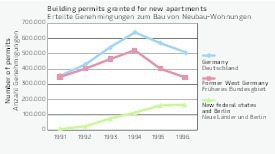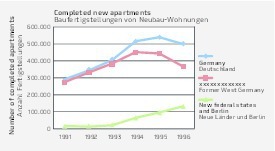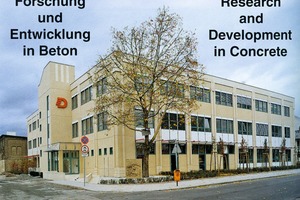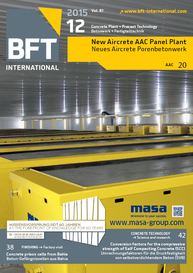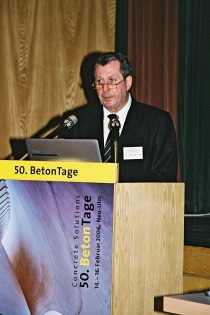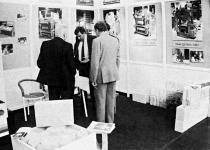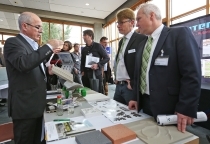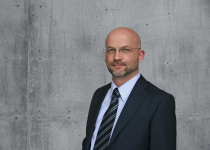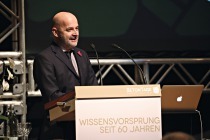1996: New processes, new strategies
In 2016, the BetonTage congress will celebrate its 60th anniversary – reason enough for BFT International, the industry magazine and long-standing exclusive media partner of the leading European precast gathering, to consult the archives and look back to some important points in the history and evolution of this event. BFT issues 10/2015 to 01/2016 contain articles on the anniversary years of 1976, 1986, 1996 and 2006. We will then publish the proceedings of the current, 60th edition of the BetonTage in BFT issue 02/2016. We wish you, dear readers, a lot of excitement when getting immersed in the past. We congratulate the organizers and supporters of the congress on their anniversary and the BetonTage success story!
End of the boom
Only six years after the unification of the two German states, the Federal Republic of Germany and the German Democratic Republic, the intervening construction boom ended in 1996. In the early 1990s, many construction companies, including precast producers, had expanded their capacities to be able to benefit from the growing demand particularly on the East German market. However, these added capacities had to be cut back again, and employees were made redundant.
Figure 3 illustrates the trend in the number of permits granted for the construction of new apartments: after its peak of 641,958 permits in the whole of Germany reached in 1994, this number fell again by about 20 % to 511,246 in 1996. The territory of former West Germany even saw a decline by about 34 %; only the situation in East Germany, where the number of granted building permits amounted to about 165,000 in both 1995 and 1996, partly offset this trend. The same trend, albeit with some delay, is visible in Figure 4, which shows the number of completed new apartments.
Globalization and price dumping
Policy makers accused the construction industry of having missed out on modernizing its production processes. They referred to the United States and Japan, where the degree of automation had reached a higher level already at this point. In the Netherlands, the share of prefabrication in residential construction amounted to 80 %, i.e. double the figure reported in Germany.
In fact, the German construction industry was concerned not only about a decline in demand in the domestic market but also with respect to globalization whose consequences became more and more apparent. The precast industry, too, increasingly complained about “price dumping” and “distortions of the competitive environment” by international companies.
Kaizen is coming
Process optimization, streamlining and automation – these were thus the obvious key topics of the Ulmer Betontage congress, which celebrated its 40th anniversary in 1996. Under the heading of “New Processes – New Strategies”, the event included presentations such as “Achieving Market Success by Process-Based Thinking and Acting”, “Kaizen: Influencing Processes in Small Steps”, and “Implications of Process-Based Thinking for the Future.”
In an interview with BFT editors, Dr.-Ing. Karl Hornung, the then managing director of the Association of Baden Württemberg Concrete and Precast Plants and head organizer of the event, explained the idea behind this motto: “As an industry association, one of our current aims is to (…) design new concepts for high-tech construction and to utilize them for continuously improving our technologies, operating our production sites at full capacity, significantly reducing the cost of construction, and driving prefabrication. This approach will secure our future, work, jobs, and competitiveness with other countries.”
Text: Christian Jahn, M. A.


